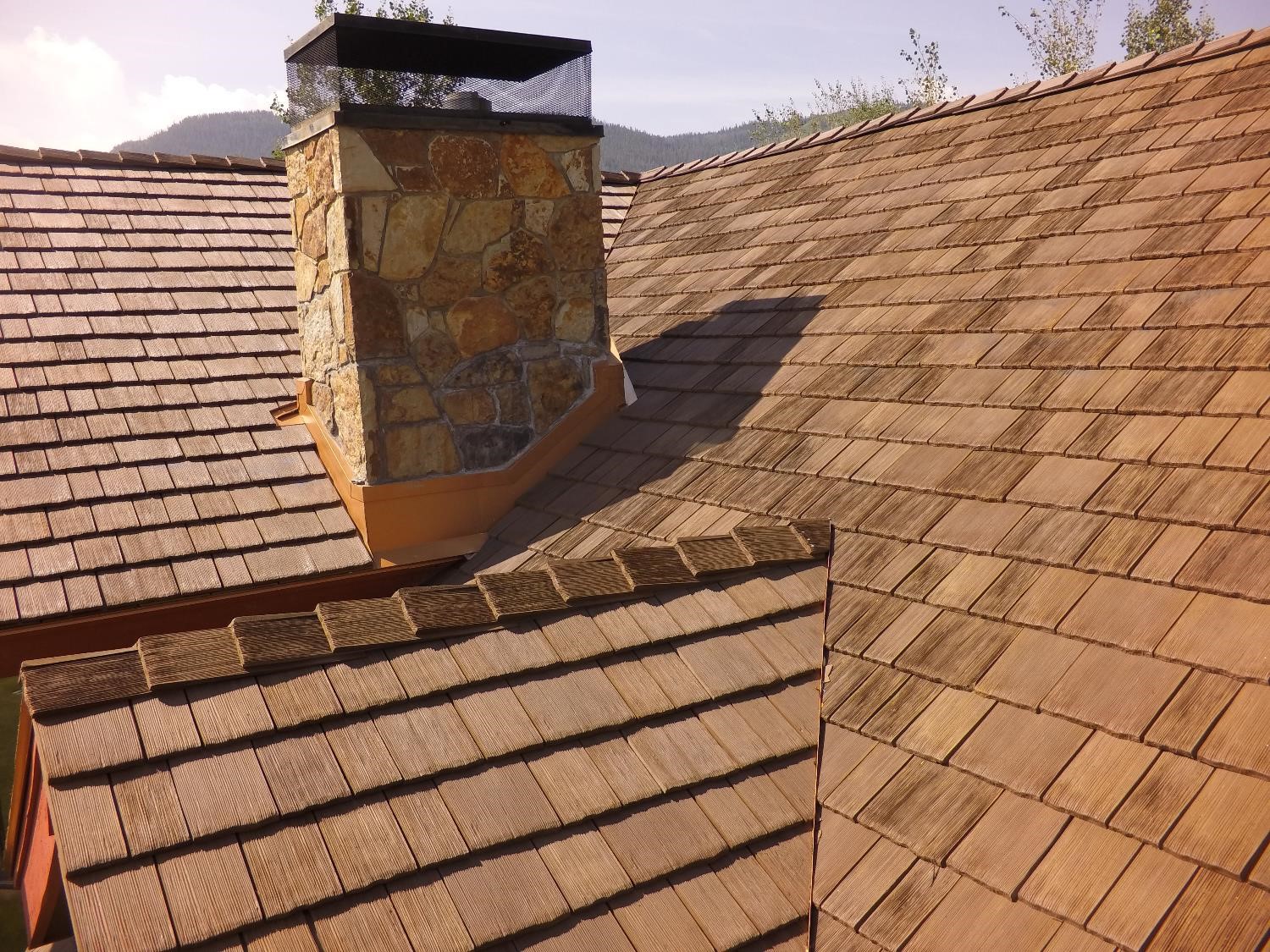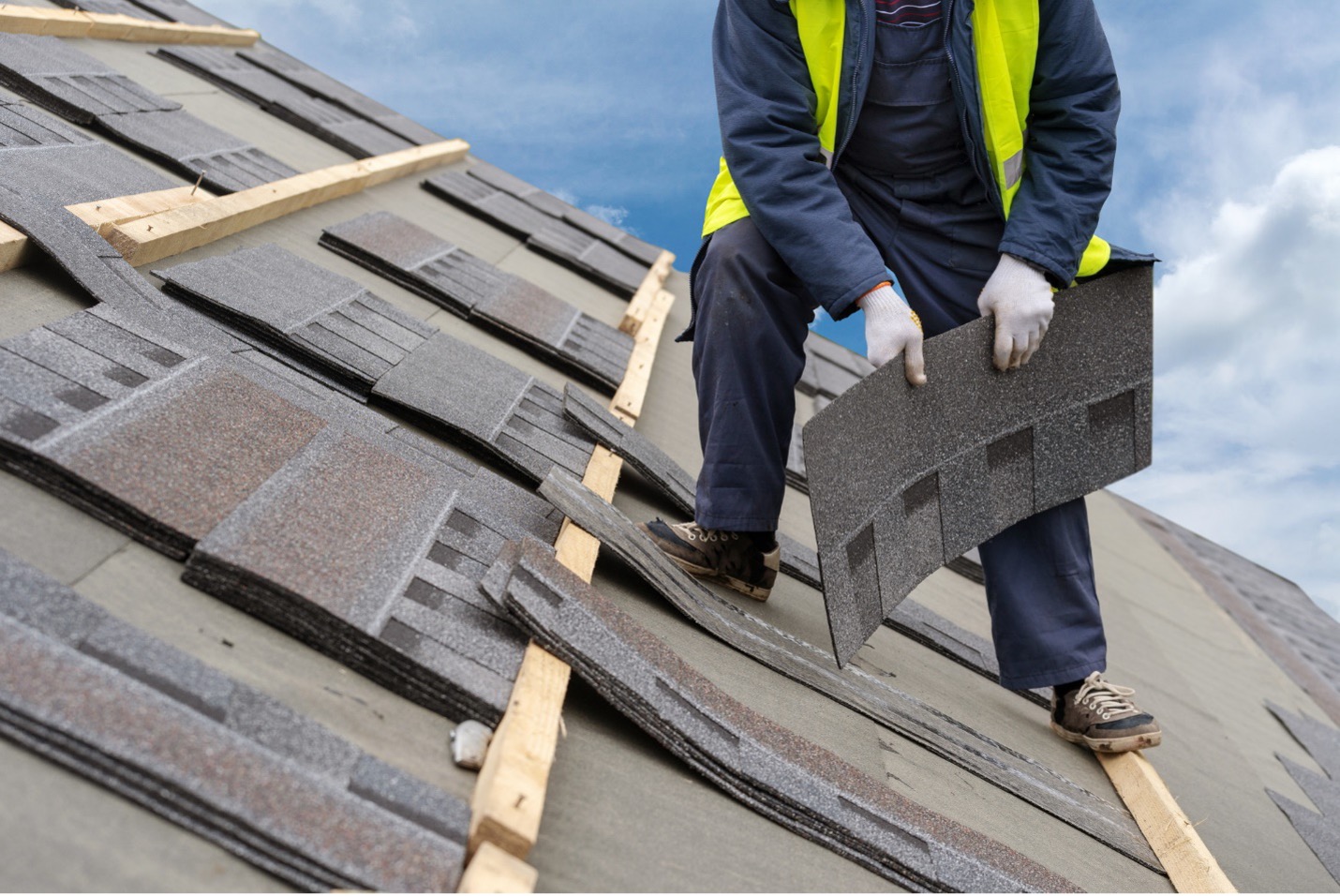Roofing Lockhart: Your Go-To Professionals for Affordable Roofing Services
Roofing Lockhart: Your Go-To Professionals for Affordable Roofing Services
Blog Article
Expert Roof Covering Tips for Choosing the Ideal Materials for Your Home's Needs
When it comes to picking the best roof products for your home, a methodical approach is crucial. Key factors to consider consist of understanding your regional climate, reviewing the resilience of various materials, and analyzing power performance.
Analyzing Your Environment Problems

When picking roofing products, it is critical to consider the specific environment problems of your area, as these factors substantially influence the long life and performance of your roofing system. Various environments pose distinct obstacles, such as high winds, heavy snowfall, severe warmth, or excessive moisture. Recognizing these elements is important for making an informed choice.
As an example, in areas prone to heavy rainfall or snow, products like steel or asphalt shingles with high waterproofing capabilities might be better. Conversely, in locations with heats, reflective products such as floor tiles or amazing roofing systems can help in reducing warm absorption, resulting in power effectiveness and improved interior convenience.
In addition, think about regional wind patterns; products that can stand up to high winds, like concrete tiles or impact-resistant roof shingles, are vital in hurricane-prone locations. Humidity degrees likewise contribute; in moist climates, choose for products resistant to mold and mold, such as synthetic underlayment or dealt with wood.
Ultimately, analyzing your environment conditions will help ensure that you choose roof products that not just enhance your home's visual allure however additionally give durability and protection against environmental stressors. Roofing Lockhart.
Comprehending Product Longevity
Assessing climate problems is just the primary step in making an educated roof decision; recognizing the durability of the products is similarly important. The long life and efficiency of roof covering materials can differ considerably, influenced by factors such as climate exposure, maintenance demands, and material make-up.

In addition, consider the material's resistance to components like hailstorm, rain, and wind. Impact-resistant shingles and metal roofs are much better suited for areas susceptible to severe storms. Furthermore, the material's capability to hold up against UV direct exposure is critical for keeping aesthetic appeals and stopping early destruction.
Ultimately, choosing sturdy products not just adds to the longevity of your roofing system but additionally decreases the requirement for regular repairs or replacements, making sure comfort and securing your investment with time. Review durability together with climate considerations to make the most enlightened selection for your roof covering task.
Power Efficiency Factors To Consider
Energy effectiveness plays an essential function in roofing decisions, influencing both regular monthly power bills and total ecological effect. Selecting the appropriate roof products can considerably lower a home's energy consumption by improving insulation and reflecting sunlight.
Among the crucial elements to take into consideration is the roof product's thermal efficiency. Roofing Lockhart. Materials such as steel, clay floor tiles, and certain types of tiles are understood for their ability to mirror solar power, minimizing heat absorption and, as a result, cooling down prices. Cool roof alternatives, which are designed to show more sunshine than standard roofing systems, can additionally boost energy efficiency, particularly in warmer environments
Additionally, the insulation properties of roofing Get More Information products can impact warm retention throughout colder months. Products with a greater R-value provide better insulation, reducing the need for home heating and contributing to reduced power bills.
It is additionally important to consider the roofing's color and appearance, as lighter shades commonly offer better reflectivity contrasted to darker tones. By thoroughly reviewing these variables, homeowners can make informed choices that not only enhance energy efficiency yet additionally add to long-lasting sustainability and convenience in their living environment.
Budgeting for Roofing Products
Budgeting for roof products requires mindful factor to consider and preparing to ensure a balance between top quality and expense. The initial step in this process is to establish a clear budget based on your total financial capabilities and the specifics of your roof job. It is vital to examine the total location of the roofing, as this will directly affect the quantity of material required and, subsequently, the total price.
Next, research study the numerous kinds of roofing products available, noting their cost arrays and resilience. While some materials may have a reduced first price, they could require more constant repair work or substitutes, leading to higher long-term costs. In comparison, buying higher-quality materials may generate far better power effectiveness and durability, ultimately saving money in time.
Furthermore, take into consideration labor costs, which can substantially affect the total budget plan. By thoughtfully budgeting for roof products, homeowners can make educated choices that align with their lasting needs and monetary objectives.
Visual and Layout Selections
Picking roof covering materials exceeds simple capability; visual and design options play a significant duty in enhancing the general allure of a home. The roofing system is a famous function that contributes to the building design and visual appeal of a home. When choosing products, think about how they match the home's outside, including siding, home windows, and landscape.
Color is an essential variable; it can either integrate with or contrast the home's combination. Lighter shades can make a home appear bigger and extra welcoming, while darker shades can impart elegance and heat. Texture also matters; for circumstances, slate supplies an advanced, classic appearance, while steel roof covering can give a sleek, modern-day aesthetic.
Particular materials might be better Visit Website matched for details layouts; for example, clay tiles function well on Mediterranean-style homes, whereas asphalt read the article tiles are much more flexible. Ultimately, the picked roofing material need to reflect the property owner's personal design while making certain resilience and efficiency.

Conclusion
In summary, choosing appropriate roof covering materials necessitates a thorough evaluation of climate problems, material resilience, power efficiency, and budget plan considerations. In addition, aesthetic selections ought to harmonize with the total layout of the home. By prioritizing these elements, property owners can guarantee the longevity and efficiency of their roof while boosting the home's aesthetic charm. Inevitably, informed decisions in the roofing option procedure add to a useful and sustainable home setting.
When it comes to selecting the appropriate roofing materials for your home, a methodical approach is essential.When selecting roofing materials, it is vital to think about the particular environment problems of your area, as these elements considerably affect the durability and efficiency of your roof. By attentively budgeting for roof covering materials, homeowners can make informed choices that straighten with their financial goals and lasting demands.
Selecting roof materials goes beyond mere performance; aesthetic and style choices play a considerable function in boosting the overall allure of a home.In recap, selecting suitable roof materials requires a complete evaluation of environment conditions, material toughness, power effectiveness, and budget plan factors to consider.
Report this page